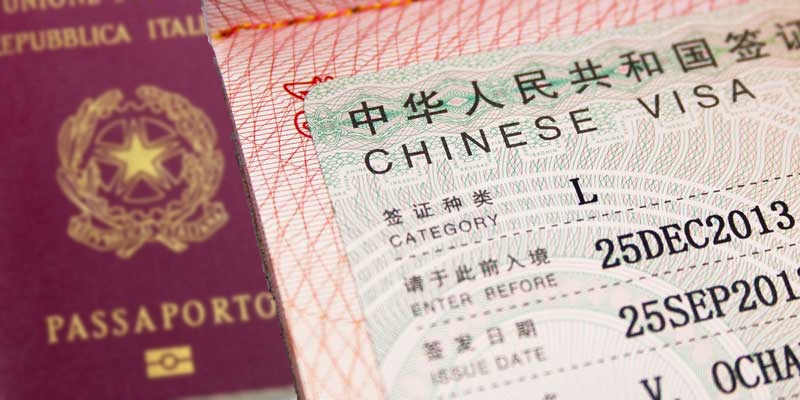
Which Class of Foreigners do you belong to? With the new work permit you will find out
In the last few years the application procedures for obtaining a visa for China have become increasingly complex, no matter if you were applying just for tourism. Recently the trend has been that of frequent and unexpected changes in regulations, so that it has been extremely time consuming and less certain for foreigners to get their visa for China.
Currently, if you want to work in China, there are two types of work permits you can apply for: an Alien Employment Permit (Z-visa) from the Ministry of Human Resources and Social Security or a and the Foreign Expert Permit (R-visa) from the State Administration of Foreign Experts Affairs (SAFEA). The system has always been a bit confusing, and highly bureaucratic, especially in figuring out who is a foreign expert and who is not.
China has now decided to combine the two into a single unified work permit, which will likely take the form of an ID card. According to the SAFEA, this will help to simplify the process and reduce the paper, which would be coherent with China’s continuing quest to attract more highly-skilled foreign talents. Also in line with this objective, the nationwide work permit system will sort foreigners working in China in three different categories – A, B and C – with the aim of putting a limit to the less-skilled expatriates. The future scenario seems to entail a “green channel” for applying for a work visa for A-graded individuals, while the B and C categories of expats will be limited by the government.
 As reported by Xinhua, the new system aims to build an innovation-driven economy by “encouraging the top, controlling the middle and limiting the bottom” of foreigners in China. The head of the State Administration of Foreign Experts, Zhang Jianguo, said that “it aims to better serve overseas talent coming to work in China.” From November 1, a pilot system will be introduced in Beijing, Tianjin and Shanghai, as well as the provinces of Hebei, Anhui, Shandong, Guangdong, Sichuan and the Ningxia Hui Autonomous Region. It will then go nationwide from 1 April 2017.
As reported by Xinhua, the new system aims to build an innovation-driven economy by “encouraging the top, controlling the middle and limiting the bottom” of foreigners in China. The head of the State Administration of Foreign Experts, Zhang Jianguo, said that “it aims to better serve overseas talent coming to work in China.” From November 1, a pilot system will be introduced in Beijing, Tianjin and Shanghai, as well as the provinces of Hebei, Anhui, Shandong, Guangdong, Sichuan and the Ningxia Hui Autonomous Region. It will then go nationwide from 1 April 2017.
Apparently the system would allocate points to applicants based on their salary, education level, Chinese-language skills and age, among other things, with at least 85 points needed to qualify as an A, at least 60 for B and fewer than 60 for C. Candidates applying to work in less developed areas may receive additional points. The China Organization Personnel Newspaper, a publication under the Ministry of Human Resources and Social Services, gave a few more details on the new classification: class A “top talent” will include top professional, innovative and creative talent; class B will include other professionals who fit with China’s economic development plans and could fill short-term gaps, especially in management and technical areas. There will be limits in international trade, sports, culture and education. Finally, class C will include unskilled or service industry workers, who will be “strictly limited.” Anyway, it seems that details are still being work out by the State Administration of Foreign Experts.




